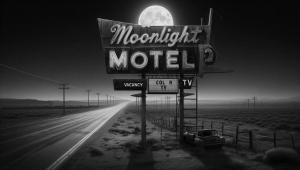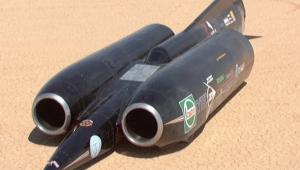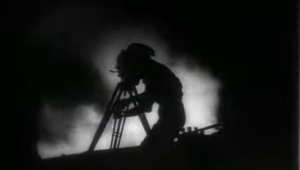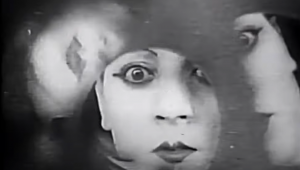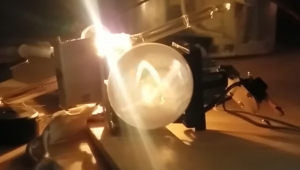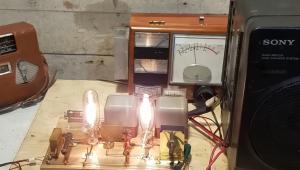Your the first professional writer in the audio field acknowledging the guy whose channel is called Techmoan on YouTube. I think it was about three years ago when I found him by accident looking for some videos of working reel to reel tape decks. I was immediately impressed that he had lots of videos on old and obscure audio devices...Elcasette anyone? Actually I was more impressed by his way of explaining each item on video. I thought he was an amateur hobbyist, but the quality of the information and the succinct way he presented it was as interesting as most published reviews in any number of magazines. Techmoan doesn't do objective technical tests and is presented for casual entertainment. I say it does wildly succeed in this niche. I think your byline, Ken, will turn on more folks like me who are longtime fans of audio journalism. The Techmoan guy should be proud that a professional of your experience sees the value in his obvious joy of audio history presentations.
Sansui, and Napoleon's Retreat from Moscow

First, I'd like you to consider a recent YouTube video from a vlogger called Techmoan. I honestly don't know who Techmoan is. Until now, I haven't followed his YouTube channel. But Google's infinitely wise (insidious? invasive? intrusive?) recommendation algorithm recently pushed this, his latest offering, to me.
Ostensibly, the video is about an oddball Sansui auto-reverse turntable, and why the author bought one. Then it describes why the turntable just didn't work out. But it also adds layers. It puts the turntable in context to another similar design, and also puts it in context in a world where digital is rapidly replacing analog. It shows how complexity can ruin a product. It shows how low cost can ruin a product. And it shows, in depressing detail, how this particular turntable physically reflects the decline of a once-great company. I think you'll enjoy watching the video. You can find it here.
As you can see, it's more than just another video about a product. That would be boring. What makes it interesting is how it layers in related information about Sansui and its decline. And it does that in an efficient 15 minutes and 20 seconds, even accounting for a fairly lengthy description of the ELP laser turntable. I appreciate the efficiency. And that efficiency reminds me of a famous graphic authored by French engineer Charles Joseph Minard. You might already be familiar with it. It portrays Napoleon's retreat from Moscow after his Russian Campaign of 1812. This data visualization has been called the best statistical graphic ever devised, and I believe it.
In one panel, it illustrates an epic tragedy with six types of data in two dimensions: the size of Napoleon's forces; the distance traveled, direction of travel, location relative to specific dates, latitude and longitude, and perhaps most poignantly — temperature. The original is in French, and is absolutely beautiful. You can find a more modern, English translation here Do me a favor — spend a few minutes studying it. Compare the start of the red line with the end of the black line.
Okay, although they are both stories of downfall, perhaps it's inappropriate to compare a YouTube video about a cheap turntable to the humanitarian disaster that was the defeat of Napoleon's Grand Army. But you can see what I am getting at. After working as a college professor, and after authoring several thousand magazine articles and blogs, and a number of books, I take a certain interest in how information is conveyed.
I just love it when an expert can bundle information into a tidy package. That kind of presentation is just brilliant. We almost never see it in literature, movies, or anywhere else. Few authors can achieve this. I almost never can. But I'll keep trying.
- Log in or register to post comments

